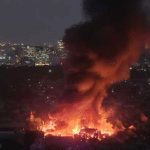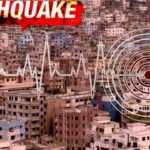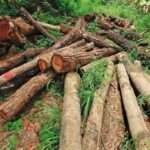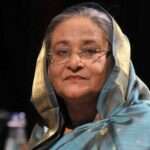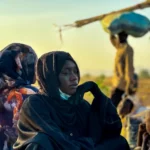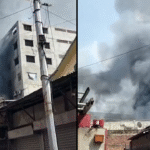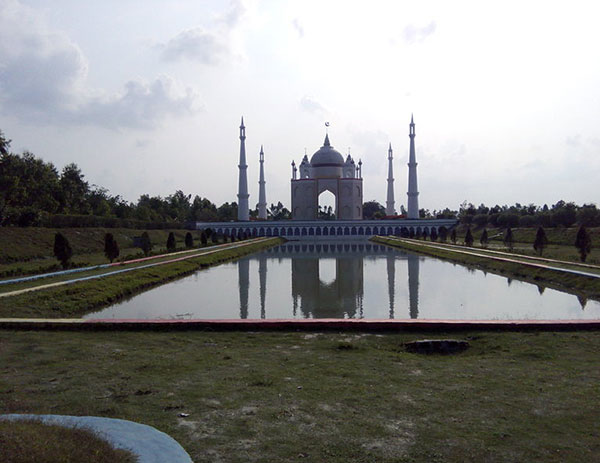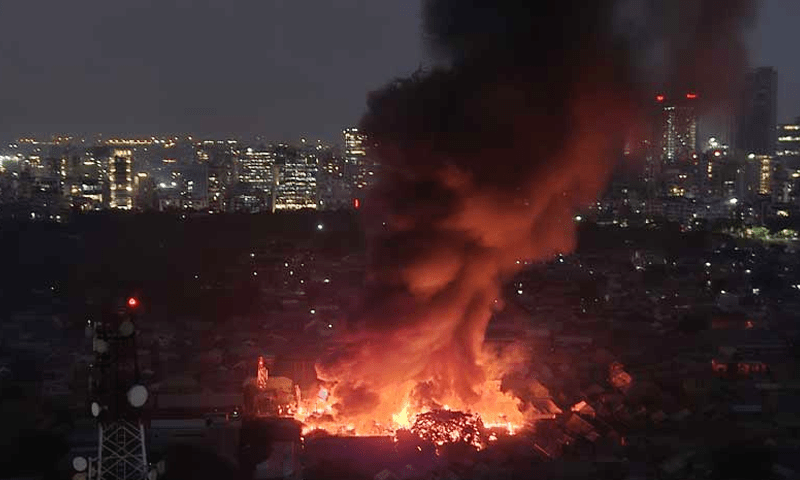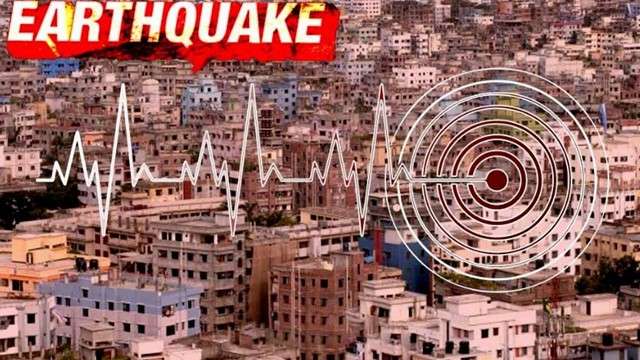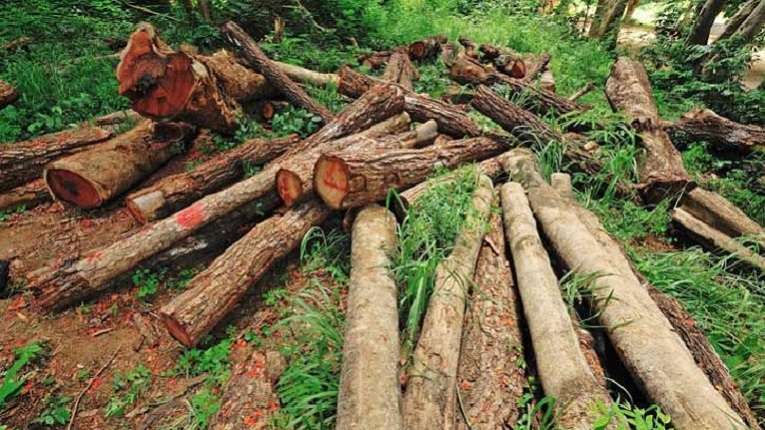Introduction to Nilphamari District-
Nilphamari District is a fascinating region located in the Rangpur Division of northern Bangladesh. Known for its serene landscapes, rich cultural traditions, and historical significance, Nilphamari offers a glimpse into the country’s rural charm combined with modern developments. Whether you’re a traveler, researcher, or a local enthusiast, exploring Nilphamari District unveils stories, people, and places that capture the heart of Bangladesh.
Geography and Location-
Nilphamari District is located at the northwestern edge of Bangladesh. It shares its borders with Rangpur, Lalmonirhat, and Panchagarh districts. The district spans an area of 1,580.85 square kilometers and features fertile land enriched by several rivers like the Tista, Dhaidan, and Buri Tista, which nourish its agriculture and livelihoods.
Administrative Structure-
Nilphamari District is divided into 6 Upazilas:
- Nilphamari Sadar
- Saidpur
- Domar
- Dimla
- Jaldhaka
- Kishoreganj
Each upazila contributes to the district’s overall economic, educational, and cultural progress.
Historical Background of Nilphamari-
The history of Nilphamari District is intertwined with the British colonial era. The area was once part of the ancient Kamarupa Kingdom and later absorbed into the Mughal Empire. During British rule, the railway introduced in the late 19th century brought significant development to the region, especially in Saidpur. Nilphamari was declared a district in 1984, having previously been part of Rangpur District.
Cultural Heritage of Nilphamari-
The culture of Nilphamari is deeply rooted in Bengali traditions. Folk songs like Bhawaiya, regional dances, traditional dramas, and religious festivals play an integral role in the lives of the people. The district is also known for its skilled artisans, particularly in handloom weaving and pottery.
The local dialects of Bangla spoken here carry unique phonetic characteristics that differ slightly from standard Bangla, reflecting the cultural diversity of the northern regions.
Economy of Nilphamari-
Agriculture remains the backbone of Nilphamari’s economy. The main crops include:
- Paddy (rice)
- Wheat
- Maize
- Jute
- Potato
In recent years, industrial development has also begun to grow. Saidpur, a major urban center in Nilphamari District, hosts several small and medium industries, including garment factories, plastic manufacturing units, and metal works.
Saidpur Railway Workshop, one of the largest in Bangladesh, plays a critical role in the transportation infrastructure and contributes to the district’s employment opportunities.
Education in Nilphamari-
Nilphamari District places a strong emphasis on education, boasting numerous institutions that cater to both primary and higher-level studies. Notable institutions include:
- Nilphamari Government College
- Saidpur Government Technical School and College
- Saidpur Cantonment Public School and College
These institutions have played a vital role in increasing literacy rates and providing vocational training to the youth.
Places to Visit in Nilphamari District-
Nilphamari District offers a variety of tourist spots for travelers seeking nature, history, and local life.
1. Saidpur Railway Workshop
This is one of the oldest and largest railway workshops in South Asia. It holds historical significance and attracts visitors interested in industrial heritage.
2. Chini Mosque, Saidpur
An architectural marvel made of porcelain tiles, Chini Mosque is a notable religious site with both historical and aesthetic appeal.
3. Teesta Barrage, Dimla
A modern irrigation project, Teesta Barrage is an impressive structure and a popular picnic spot surrounded by beautiful river views.
4. Uttara EPZ (Export Processing Zone)
Located in Nilphamari Sadar, this zone represents the region’s industrial growth and offers a unique contrast to the otherwise rural setting.
5. Domar Eco Park
A great destination for nature lovers, the park features lush greenery, walking trails, and recreational facilities ideal for family outings.
Transport and Connectivity-
Nilphamari is well-connected by road and rail. Saidpur Airport, located within the district, provides regular flights to Dhaka and enhances connectivity for business and tourism. The railway network links Nilphamari with major cities such as Rangpur, Bogura, and Dhaka.
Buses, rickshaws, and auto-rickshaws are the most common modes of intra-district transport.
Local Cuisine-
Nilphamari’s cuisine reflects the flavors of North Bengal. Popular dishes include:
- Panta Bhaat (fermented rice)
- Shutki (dried fish curry)
- Chingri Malai Curry (prawn coconut curry)
- Sweets like Rasgulla and Pitha (rice cakes)
The food here is often prepared using locally sourced ingredients, with an emphasis on mustard oil, green chilies, and fresh vegetables.
Demographics-
According to the 2021 census, Nilphamari District has a population of approximately 2 million people. The majority are Muslims, with a significant Hindu minority and small indigenous communities, including Santals and Rajbanshis.
The population is predominantly rural, although urbanization is on the rise due to the development of the Saidpur area.
Festivals and Events-
Festivals in Nilphamari District are celebrated with great enthusiasm. Some of the notable events include:
- Eid-ul-Fitr and Eid-ul-Adha (Muslim festivals)
- Durga Puja (Hindu festival)
- Pohela Boishakh (Bengali New Year)
- Local Baul and Bhawaiya song festivals
These events are often accompanied by fairs (melas), street performances, and traditional games that reflect the district’s deep cultural roots.
Best Time to Visit Nilphamari-
The ideal time to visit Nilphamari District is between November and February. During these months, the weather is cool and pleasant, perfect for exploring outdoor attractions like Teesta Barrage or the green expanses of Domar Eco Park.
Monsoon months (June to September) bring heavy rains which make the landscape lush but can cause travel delays due to flooding in low-lying areas.
Conclusion-
Nilphamari District, with its deep historical roots, vibrant culture, and emerging industries, stands as a unique blend of past and present. It offers travelers a chance to explore rural Bengal in its authentic form while witnessing the progress of modernization through initiatives like the Uttara EPZ and Saidpur’s industrial zone. Whether you’re planning a cultural tour, an educational visit, or a simple weekend getaway, Nilphamari has something valuable to offer.
FAQs about Nilphamari District-
Q1: Where is Nilphamari District located?
A1: Nilphamari District is located in the Rangpur Division in the northwestern part of Bangladesh.
Q2: What are the top tourist attractions in Nilphamari?
A2: Some top attractions include the Saidpur Railway Workshop, Chini Mosque, Teesta Barrage, Domar Eco Park, and Uttara EPZ.
Q3: What is the best time to visit Nilphamari?
A3: The best time to visit is between November and February when the weather is cooler and ideal for travel.
Q4: What is Nilphamari known for?
A4: Nilphamari is known for its agricultural economy, cultural heritage, and industrial developments like Saidpur Railway Workshop and Uttara EPZ.
Q5: How can I reach Nilphamari District?
A5: You can reach Nilphamari via road, train, or air. Saidpur Airport provides flights to and from Dhaka, and there are regular trains and buses connecting Nilphamari with major cities.
Q6: Which industries are prominent in Nilphamari?
A6: Prominent industries include agriculture, garments, plastic manufacturing, and metal works. Saidpur is particularly noted for its industrial base.
Q7: Are there any historical places in Nilphamari?
A7: Yes, Chini Mosque and Saidpur Railway Workshop are among the most historical places in the district.
Q8: Is Nilphamari suitable for family travel?
A8: Absolutely. There are several family-friendly destinations like Domar Eco Park and Teesta Barrage that make for great outings.


